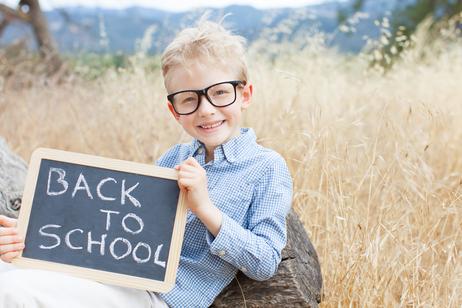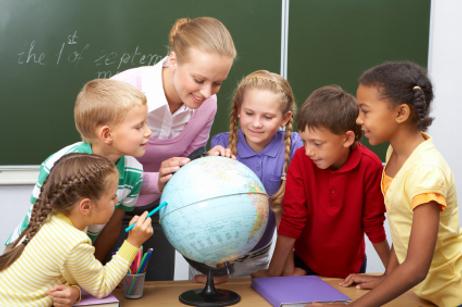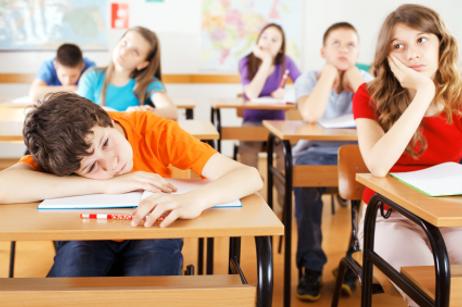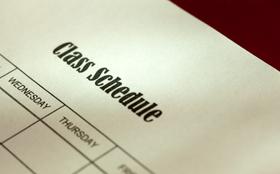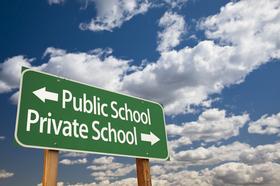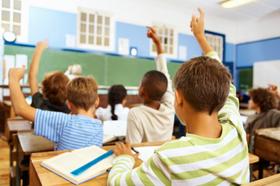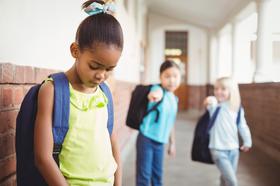Texas Schools: Enrollment Skyrockets in 2025
Texas has long been a bellwether for national education trends, and in 2025, its public schools continue to grow and evolve at a remarkable pace. Statewide enrollment remains above 5.5 million students, making Texas the second-largest public education system in the country. But beyond raw numbers, new policies, demographic shifts, and virtual learning options are reshaping how students and families experience education across the state.
This article examines the latest enrollment data, funding changes, and program impacts, offering insights for parents, educators, and policymakers navigating this period of rapid transformation.
Enrollment Growth and Diversity
As of the 2023ŌĆō24 school year, 5,517,464 students attended Texas public schools. The student body continues to diversify, reflecting broader population trends across the state:
Hispanic students represent just over 53% of enrollment.
White students account for roughly 25%, followed by African American students at about 13%, with smaller percentages for Asian, American Indian, and multiracial populations.
Nearly 62% of students are economically disadvantaged, the highest percentage in state history.
Almost one in four students is classified as an English Learner, and 14% receive special education services.
These demographic realities shape every facet of Texas education, from curriculum design to teacher recruitment and student support systems.
Policy and Funding in 2025 House Bill 2: A Record Investment
In June 2025, Governor Greg Abbott signed House Bill 2 (HB 2), an $8.5 billion public education packageŌĆöthe largest new investment in Texas schools in over a decade. The bill funds



